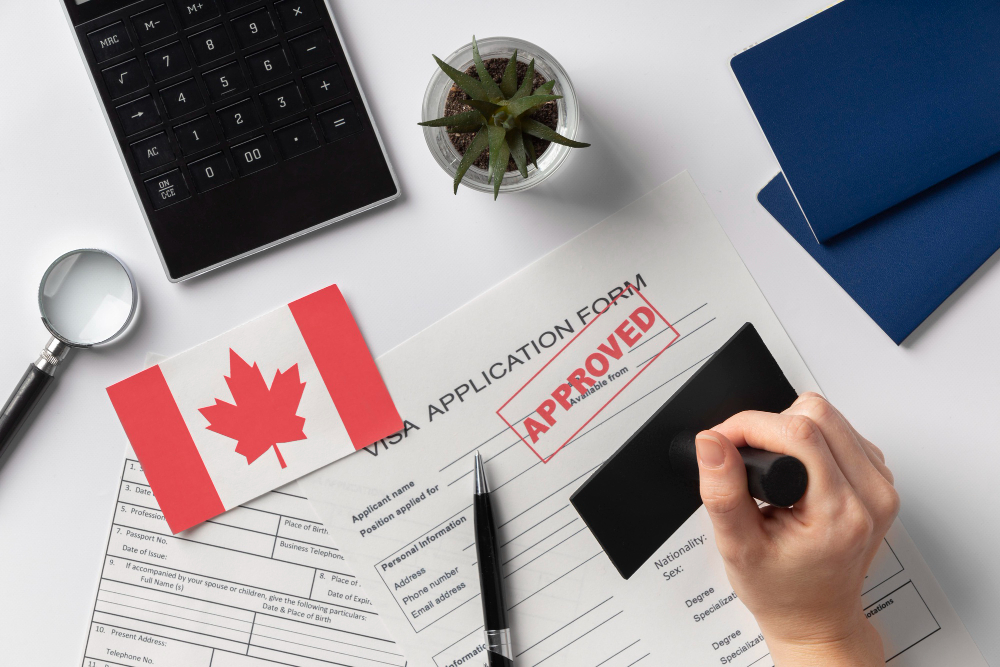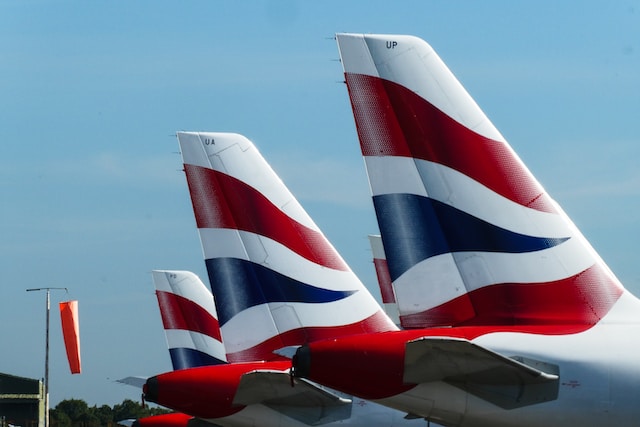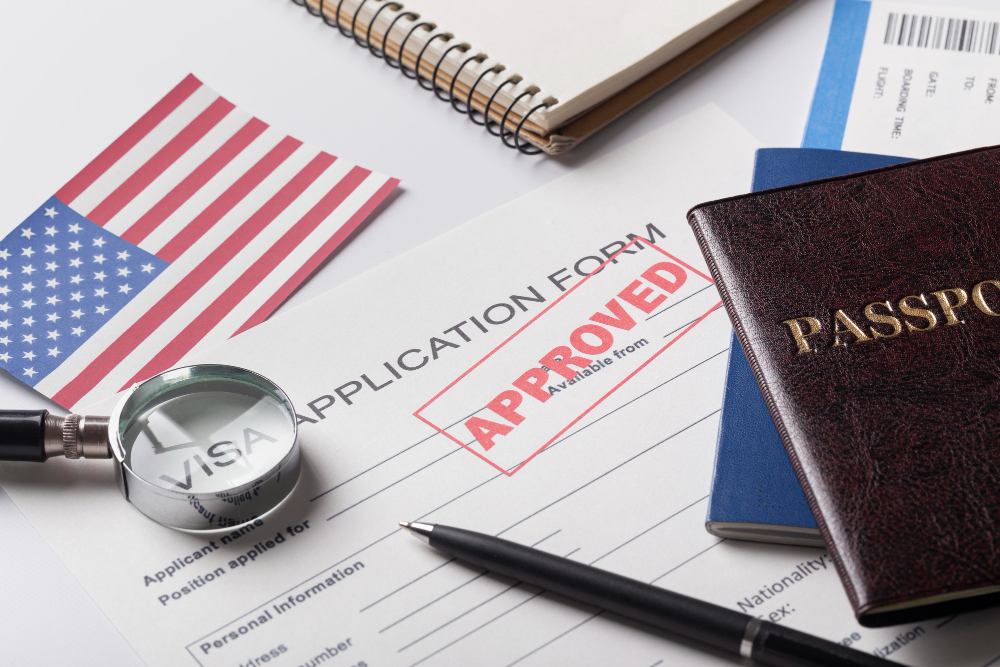Before scheduling an interview, ensure you have all necessary documents available – these may include:
Academic preparation (transcripts, diplomas or certificates from schools attended; standardized test scores). You will also need to demonstrate financial support as well as your intention to return home after completion of studies; the consular officer may ask questions regarding these matters.
1. Passport
Once accepted into an academic program in the US, students must follow the procedures for their particular visa type. Requirements vary based on country and may include attending an interview at a consulate or embassy abroad. Before making their plans to apply for one of these visas official, it’s a good idea to review instructions at their intended consular or embassies website – these steps generally cover everything:
Valid passport with at least six months remaining until its planned period of stay in the United States (unless country-specific agreements provide exceptions). Individuals applying for visas must submit an individual application and photo that meet U.S. Department of State standards using Form DS-160, Nonimmigrant Visa Electronic Application; in addition, an acknowledgment page should also be included with their submissions. Supportive documents must also be presented, including a Form I-20 issued by an SEVP-approved school; transcripts, diplomas and degrees from previous schools attended as well as scores from any necessary standardized tests; proof of financial support covering tuition and living expenses must also be shown; furthermore there must be strong social, family and financial ties back home that indicate your intention to return after finishing studies.
If you receive financial aid from Northwestern, Krista Bethel in the financial aid office may need to issue you a letter certifying your support from Northwestern. Many visa applicants must demonstrate they have enough funds for living expenses during their first year of study; usually bank statements, letters from relatives and other forms of documentation suffice in meeting this requirement. Sponsors who plan to stay behind must show evidence they possess enough money to support both family members while studying is ongoing.
2. Form I-20
Once admitted to a university, your admissions office will provide a Form I-20 that details your study program and includes your SEVIS ID number which identifies you as an official student in the US.
Once you receive this document from your university, it confirms their willingness to sponsor your student visa application and move the process along.
The I-20 form’s most critical information are the “Program Start Date” and “Program End Date,” which represent your school’s estimates as to when you should complete your degree requirements. If this period passes without completion of your studies, an extension may be granted; otherwise you must apply.
As part of your application to study in the US without working, you must demonstrate that you possess adequate funds for tuition fees, living costs and any necessary health insurance premiums. Showing evidence of sufficient assets demonstrates your intent to return home upon completing your program of studies – and not remain here permanently!
Evidence of your financial resources may include bank statements, sponsorship letters from parents/siblings/other family members/trusted individuals and employment offers from employers interested in hiring you while you study at a US Consulate. All documents must be presented along with other necessary supporting documentation during an interview session at this consulate.
3. SEVIS Fee
Once a student is admitted to an institution, they must register with the Student and Exchange Visitor Information System (SEVIS), an American government program which oversees schools; F-1, M-1 and J-1 nonimmigrant students as well as exchange visitors. It is particularly essential that non-US citizens pay this fee so as to complete the process of acquiring a US visa.
The SEVIS fee (Form I-901), currently $350, funds the SEVIS program and should be paid after you are accepted into your school and before beginning a program. In addition to any visa fees due at US consular offices or embassies, F-2 and J-2 dependent family members do not need to pay this fee.
Apply for SEVIS online with credit card, Western Union, check or money order from US banks payable to Department of Homeland Security (DHS). When paying with credit card upload a clear photo and SEVIS ID number from I-20 or DS-2019 form.
Once a fee has been paid, DHS will update SEVIS and provide a receipt to the student or scholar. They must bring this copy with them when interviewing for their visa interview appointment – it is wise to allow at least three days between making payment and meeting your visa interview appointment so your fee can be verified – this is particularly important if applying at a Consulate or Embassy outside the U.S.
4. MRV Fee
Students planning to enter the US using F or M type student visas must pay an MRV fee as part of the application process; it is non-refundable and is expected from all who apply for visas to the USA.
Once an SEVP-approved school accepts your enrollment, they will register you into the Student and Exchange Visitor Information System (SEVIS), an online database which tracks students with F, M and J visa classifications as well as J visa categories. SEVIS is managed by Homeland Security and funded via an I-901 fee.
Once your MRV fee has been successfully paid, a receipt with a unique number will be generated allowing you to schedule and track your visa interview appointment. The receipt is valid for one year and allows you to schedule interviews at any point within that timeframe.
As there may be a long wait list for interviews, it is wise to schedule yours as soon as possible. At your interview, an officer will ask about your academic program, funding plans for studies, postgraduate plans and personal ambitions after graduation. They will also perform digital fingerprint scanning as part of their review of documents required.
Proof of funds for your entire stay in the US – living expenses, tuition fees and travel costs – should be available as proof that you can sustain yourself while studying and return home afterward.
Pay SEVIS Fee
The SEVIS Fee is an administrative charge levied by the United States government to support Student and Exchange Visitor Information System, non-refundable in nature.
Students can pay the SEVIS Fee Payment Processing Website. Students should bring a confirmation receipt of payment with them to their visa interview – failing which could result in their visa being denied. F-2 dependents do not need to pay this fee.
When paying the SEVIS fee, make sure you provide your correct SEVIS ID number as well as accurate personal and payment details that match up with what appears on your I-20 or DS-2019 form. Missing or difficult-to-read data could delay processing your application further and sufficient financial resources must exist for cover all expenses while in the United States.
Complete Form DS-160
Before scheduling an interview for your visa, Form DS-160 must be submitted online as nonimmigrant visa application. This non-immigrant application gathers personal details and requires a photograph that fulfills certain specifications. You must also pay SEVIS fee and present any requested documents from either your school or Embassy.
Form DS-160 requires basic personal information from you, such as your name, birthdate and marriage status. You also must present either your passport number or national ID number along with answering some travel-related queries.
As you complete the application, an alphanumeric barcode will appear at the top right corner of each page along with an Application ID and answer to a security question. Make sure you keep both of these for future reference as they will come in handy later.
Pay Visa Fee
When applying for a student visa, an application fee must be paid. You can either do this online through SEVIS or pay it directly at the Embassy/Consulate where your interview will take place.
Fee amounts vary based on your country of residence; to stay up-to-date on this matter please visit your country’s embassy or consulate website and view their current fee amounts.
As part of your program, you will also need to present evidence that shows you have sufficient funds to cover tuition fees and living expenses during its duration. This may include bank statements, sponsorship letters or scholarship documentation. Furthermore, it’s expected of students from countries experiencing economic issues to prove that they intend on returning home after their studies; this is particularly relevant in cases where many have overstayed their visas.
Schedule Visa Interview
At an interview, you will be asked questions regarding your country of origin, academic background and plans after completing studies in the US. In addition, financial documents must demonstrate that sufficient funds exist for tuition and living expenses during study in America.
To schedule your visa interview, first locate an embassy or consulate serving your region by visiting its website. Once found, submit an application online via their site before paying a SEVIS fee and waiting for an interview date.
Complete the Visa Application
Once the visa has been approved, you will be permitted to enter the US to pursue your studies. Working is permitted during your studies (subject to certain restrictions). Furthermore, public services like health care and drivers licenses will become accessible.
At your visa interview, the consular officer will assess whether you possess genuine academic and financial qualifications to enroll in the programme you are seeking; and will check for evidence of full-time enrolment along with your ability to cover tuition and living costs. They may request proof of qualifications.
Officers will ask how your family plans to support themselves during your absence and may request additional paperwork or documentation from you. It may be necessary for you to submit fingerprints during this interview; the specific details depend on where it takes place.
283DSX







